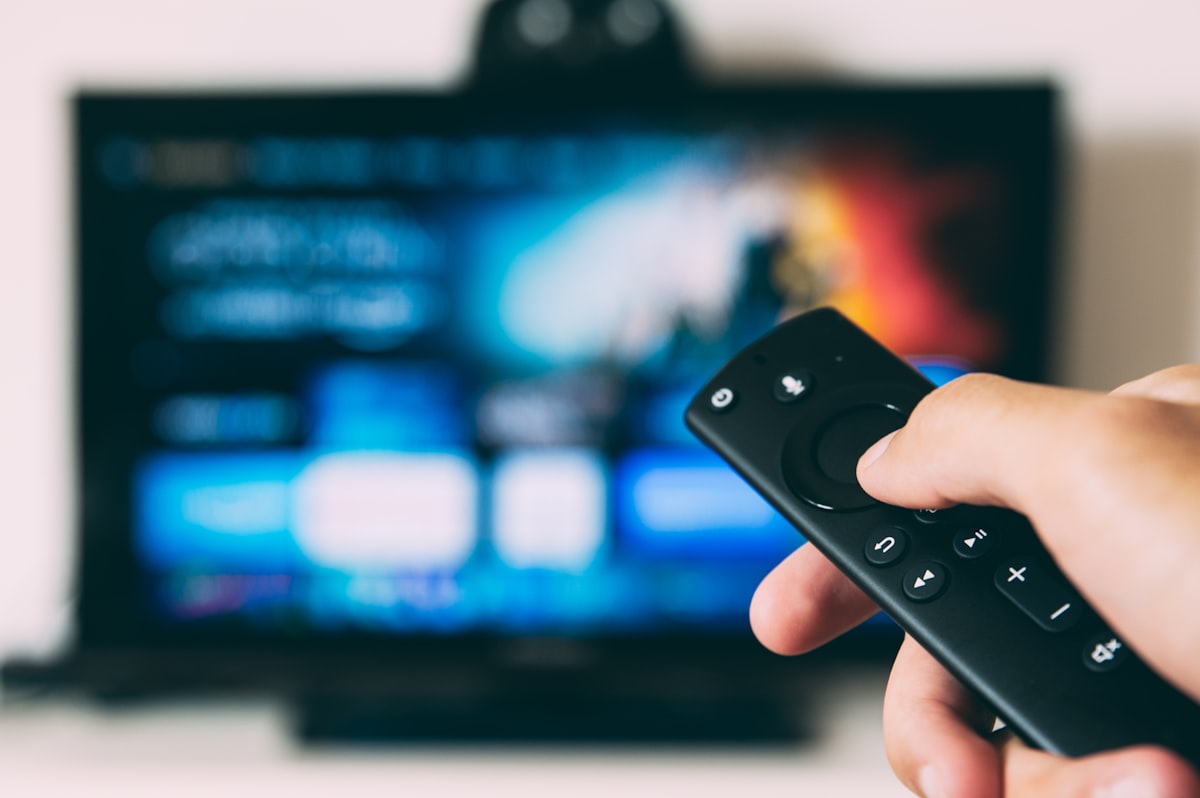Smart Viewing, Smarter Spending: Why Choosing a Non-Smart TV with a Streaming Device is the Wise Choice

When considering the purchase of a new television, many consumers are drawn to the allure of Smart TVs with their integrated internet and interactive features. However, there's a compelling case to be made for opting for a commercial or non-smart TV and pairing it with a separate streaming device like a Fire Stick, Android TV box, or Apple TV box. Here's why this approach can be both cost-effective and advantageous:
1. Cost-Effectiveness
Smart TVs often command a premium price for their integrated features. In contrast, commercial or basic non-smart TVs, which lack built-in internet functionality, are typically more affordable. By purchasing a non-smart TV and adding a separate streaming device, consumers can often save money. These external devices are relatively inexpensive and offer the same, if not more, functionality than the smart interfaces built into more expensive TVs.
2. Upgradable and Customizable
Technology evolves rapidly, and the smart features in TVs can become outdated within a few years. Separate streaming devices, on the other hand, are easily upgradable. You can replace an older model with a newer one without needing to change the entire TV. This flexibility allows you to keep up with the latest technology and features more affordably and efficiently.
3. Better User Experience
Streaming devices such as the Fire Stick, Android TV box, or Apple TV box often provide a more user-friendly and smoother interface compared to many Smart TVs. They tend to be faster, more intuitive, and provide a better overall user experience. Also, these devices regularly receive updates that improve their functionality and add new features, something that is less common with Smart TV software.
4. Wider Range of Apps and Services
External streaming devices often support a wider range of apps and services compared to Smart TVs. This is because companies like Amazon, Google, and Apple frequently update their devices and expand their app ecosystems. In contrast, some Smart TVs may have limitations on the apps they can run, and not all TVs receive consistent updates to support newer services.
5. Privacy Considerations
Smart TVs have been under scrutiny for privacy concerns, including data collection and monitoring viewing habits. By using a non-smart TV with an external streaming device, you may have more control over your data. Streaming devices often provide more transparent privacy settings and controls.
6. Reliability and Longevity
Non-smart TVs tend to be more focused on the core function of displaying picture, potentially offering better longevity and fewer software-related issues over time. Smart TVs, with their complex operating systems, can encounter software bugs and other issues that affect their performance and longevity.
7. Ease of Repair
Repairing a non-smart TV can be simpler and more cost-effective than fixing a Smart TV. The integrated smart components in Smart TVs can make repairs more complicated and expensive.
Conclusion
While Smart TVs offer convenience with their built-in features, a non-smart TV combined with a streaming device like a Fire Stick, Android TV box, or Apple TV box can be a more cost-effective, flexible, and privacy-conscious choice. This approach offers the benefits of smart technology while saving money and potentially providing a better viewing experience. As with any significant purchase, it's important to weigh your options and choose what best fits your needs and budget.